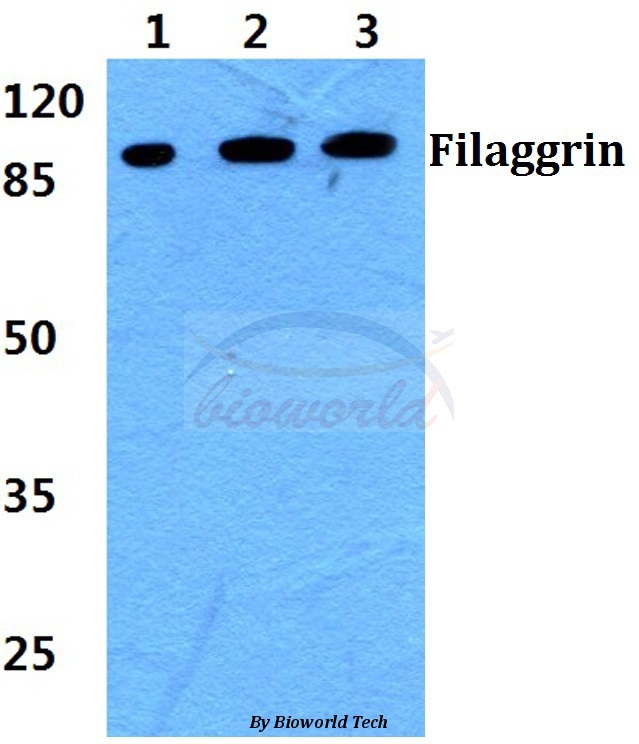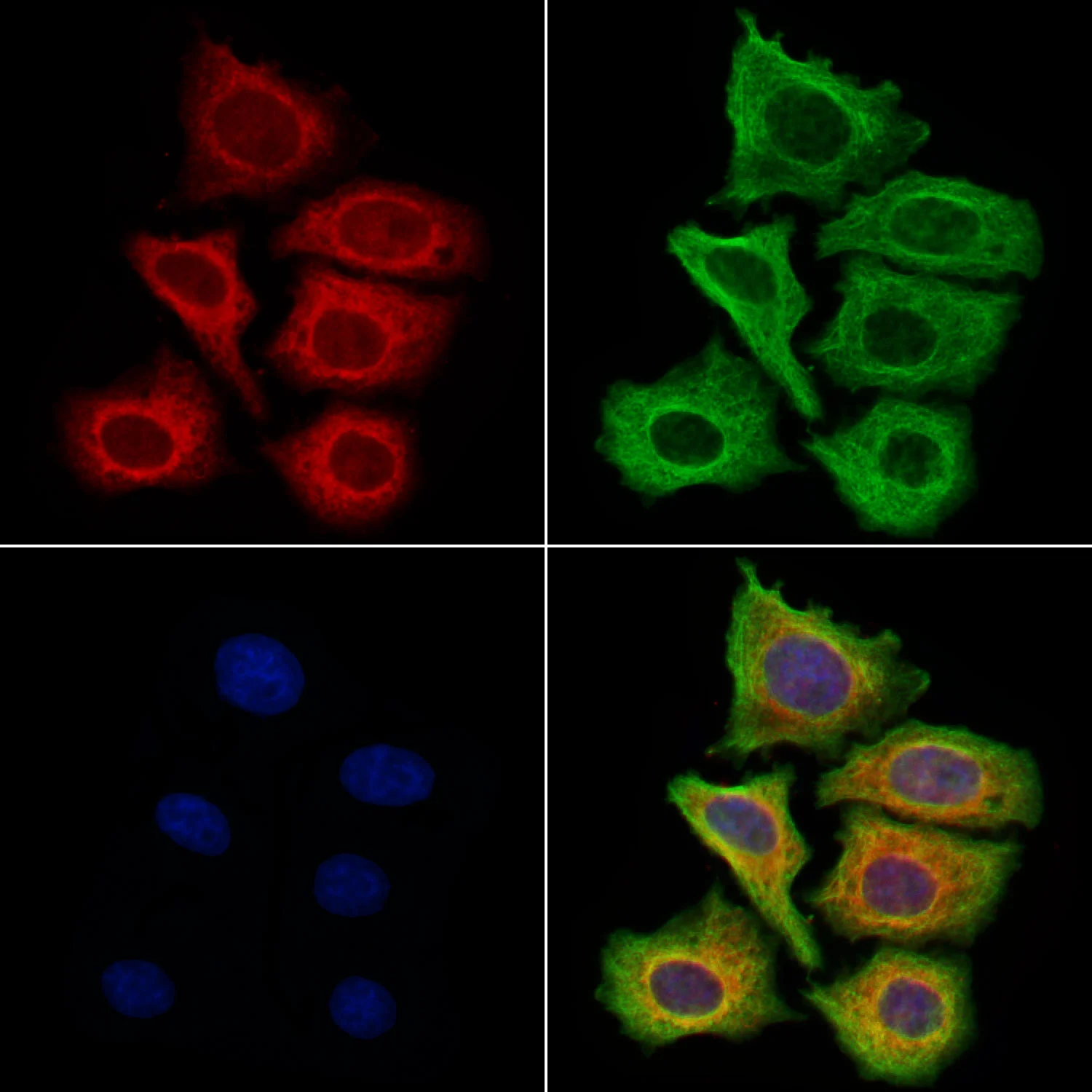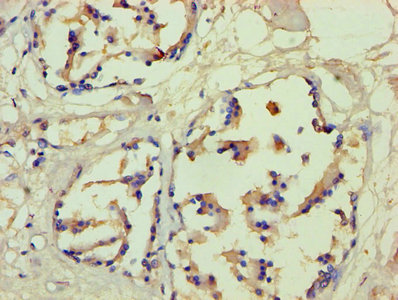![Filaggrin (Keratinocyte Differentiation Marker) (FLG/1945), CF405S conjugate, 0.1mg/mL [26628-22-8] Filaggrin (Keratinocyte Differentiation Marker) (FLG/1945), CF405S conjugate, 0.1mg/mL [26628-22-8]](https://biotium.com/wp-content/uploads/2021/02/view_image-425.jpeg)
Filaggrin (Keratinocyte Differentiation Marker) (FLG/1945), CF405S conjugate, 0.1mg/mL [26628-22-8]
BNC041945
ApplicationsImmunoHistoChemistry, ImmunoHistoChemistry Paraffin
Product group Antibodies
ReactivityBovine, Human, Mouse
TargetFLG
Overview
- SupplierBiotium
- Product NameFilaggrin (Keratinocyte Differentiation Marker) (FLG/1945), CF405S conjugate, 0.1mg/mL [26628-22-8]
- Delivery Days Customer9
- ApplicationsImmunoHistoChemistry, ImmunoHistoChemistry Paraffin
- CertificationResearch Use Only
- ClonalityMonoclonal
- Clone IDFLG/1945
- Concentration0.1 mg/ml
- ConjugateOther Conjugate
- Gene ID2312
- Target nameFLG
- Target descriptionfilaggrin
- Target synonymsATOD2, FLG-1, FLG1, filaggrin, epidermal filaggrin
- HostMouse
- IsotypeIgG2b
- Protein IDP20930
- Protein NameFilaggrin
- Scientific DescriptionFilaggrin is an intermediate filament-associated protein that aggregates keratin intermediate filaments in mammalian epidermis. It is initially synthesized as a polyprotein precursor, profilaggrin (consisting of multiple filaggrin units of 324 aa each), which is localized in keratohyalin granules, and is subsequently proteolytically processed into individual functional filaggrin molecules. Active filaggrin is present at a level of the epidermis where keratinocytes are in transition between the live nucleated granular layer and the anucleate cornified layer, suggesting that filaggrin aids in the terminal differentiation process by facilitating apoptotic machinery.Primary antibodies are available purified, or with a selection of fluorescent CF® Dyes and other labels. CF® Dyes offer exceptional brightness and photostability. Note: Conjugates of blue fluorescent dyes like CF®405S and CF®405M are not recommended for detecting low abundance targets, because blue dyes have lower fluorescence and can give higher non-specific background than other dye colors.
- SourceAnimal
- ReactivityBovine, Human, Mouse
- Storage Instruction2°C to 8°C
- UNSPSC12352203






